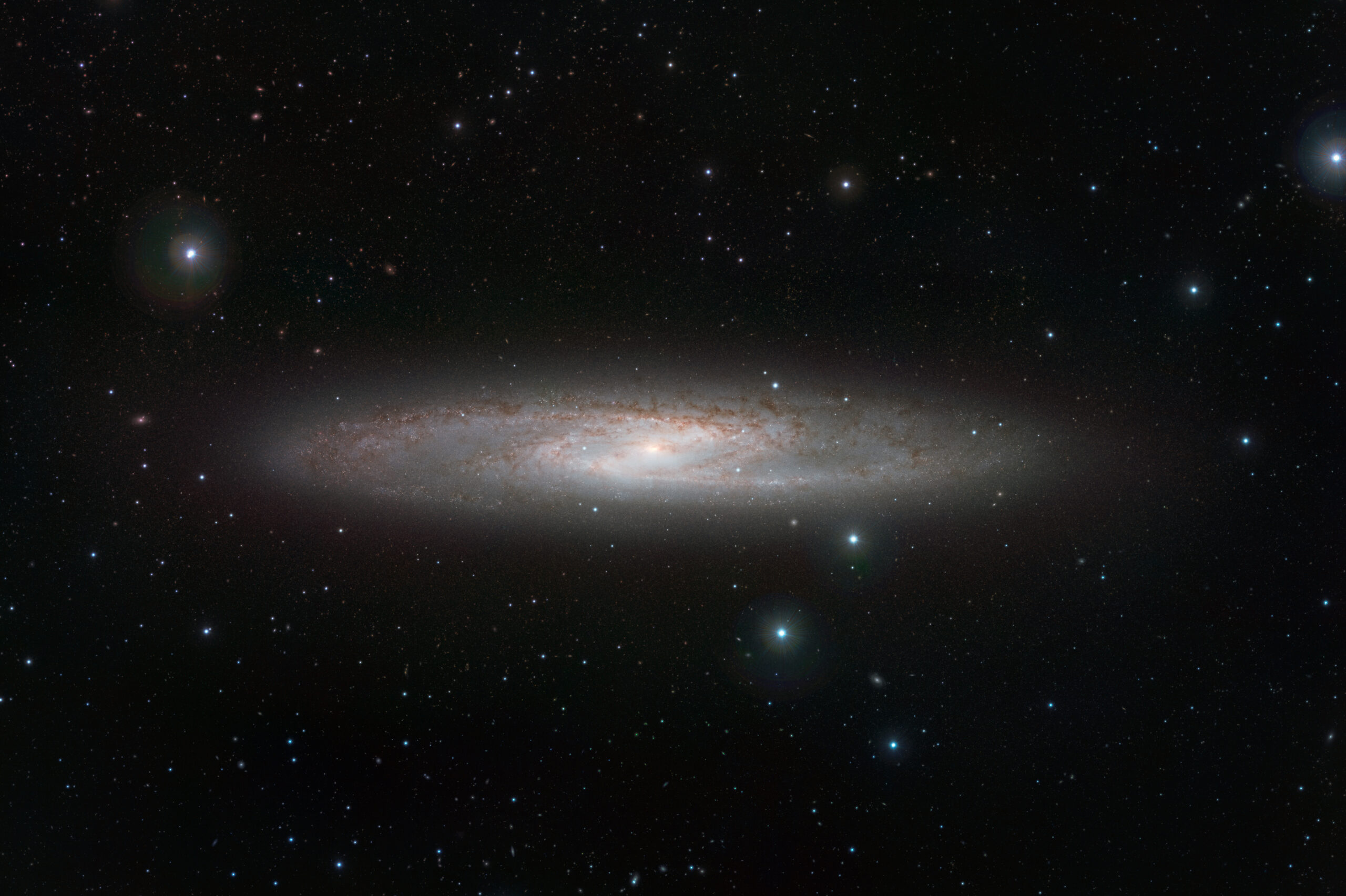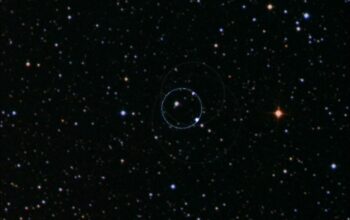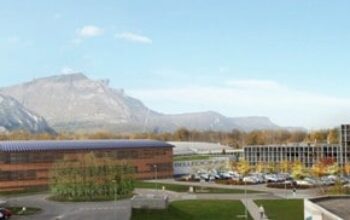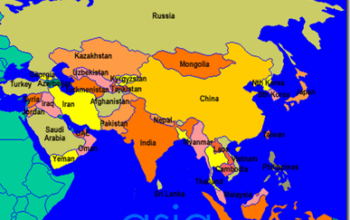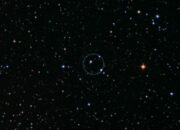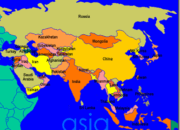Recent advancements in astrophysical simulations have culminated in an unprecedented methodology for visualizing and understanding the complex structures and dynamics of galaxies. This breakthrough has significant implications for cosmology, providing enhanced insights into galactic formation, evolution, and interaction. The intricate simulations facilitate a robust exploration of various galactic configurations, resulting in an enriching compendium of visual data and theoretical models.
The first aspect to consider is the evolution of computational astrophysics, which has evolved substantially over the last few decades. Early galaxy simulations based on simplistic gravitational interactions have now been supplanted by sophisticated algorithms incorporating a multitude of parameters, such as dark matter, gas dynamics, and stellar feedback mechanisms. These advancements have rendered simulations immensely more realistic, paralleling the intricate processes that govern the life cycles of galaxies. Modern simulations employ methods including adaptive mesh refinement and N-body simulations, which allow researchers to capture an array of scales—from the interaction of individual stars to the grand structures formed by clusters of galaxies.
One of the principal types of content resulting from these simulations is visual imagery. The graphical representations generated from these models are not mere illustrations; they provide a wealth of information encapsulated in their textures, colors, and morphologies. This visual output enables astrophysicists to examine the effects of varying initial conditions on galactic structure. For instance, simulations can visualize the primordial conditions of the universe, offering insights into how early density fluctuations evolved into the galaxies we observe today. These simulations also facilitate the creation of synthetic galaxy catalogs, which serve as invaluable tools for testing theoretical predictions against observational data.
Moreover, the incorporation of hydrodynamic processes within the simulations has yielded an increased understanding of star formation rates and the lifecycle of interstellar matter. The intricate interplay between gravitational forces and thermal dynamics in gas clouds is crucial for comprehending star formation efficiency within different galactic environments. Observational discrepancies between predicted star formation rates and those measured can be addressed through thorough simulations, which explore various environmental factors such as galactic shear and tidal interactions.
Another noteworthy dimension that these simulations explore is the interaction of galaxies with their surroundings. The phenomenon of galactic mergers and interactions is critical in the context of hierarchical galaxy formation models. Simulations depicting colliding galaxies provide significant insights into morphological transformations, starburst activity, and the dynamics of supermassive black holes at galactic centers. The simulated outcomes often unveil the resultant structures that are characteristic of merged galaxies, including tidal tails, rings, and other peculiar forms, which can be subsequently compared against observational data obtained from telescopes such as Hubble and ALMA.
A particularly intriguing area within galaxy simulations is the focus on dark matter, the elusive substance that constitutes a substantial fraction of the universe’s mass. Current simulation methods allow for the investigation of dark matter’s role in galaxy formation and stability. Dark matter halos play a pivotal role in shaping the gravitational well within which normal baryonic matter coalesces to form visible structures. The latest simulations have begun incorporating more detailed physics, including the interactions between dark matter and baryonic matter, which is essential for understanding galaxy rotation curves and other gravitational phenomena that remain enigmatic in observational cosmology.
These simulations also provide a fertile ground for hypothesis testing. Astrophysicists can formulate predictions based on their computational models, subsequently comparing those predictions with empirical observations. For instance, simulations concerning the abundance and distribution of satellite galaxies around more massive hosts permit the evaluation of the “missing satellite problem,” an enduring quandary in cosmology regarding the number of predicted versus observed satellite galaxies. By iterating on simulations with differing parameters, researchers can hone in on a more accurate representation of the underlying physical mechanisms at play.
The implications extend beyond individual galaxies; these simulation frameworks can also be applied on cosmological scales. Large-volume simulations enable scientists to reconstruct the cosmic web—the vast interconnected structures spanning filaments and clusters. By simulating a range of dark energy models and their influence on structure formation, researchers can make predictions regarding the universe’s fate, including insights into phenomena such as cosmic acceleration and the ultimate fate of galaxy clusters.
In conclusion, the transformative potential of cutting-edge galaxy simulations marks a significant milestone in our understanding of the universe. The plethora of information derived from these simulations encompasses both breathtaking visual data and a robust theoretical framework for understanding complex interactions and dynamic processes. Advancements in computational power and refined algorithms have enabled researchers to delve deeper into the fabric of cosmic structures, paving the way for future explorations in cosmology that may redefine our comprehension of the cosmos. The continued integration of observational data with simulated outputs holds a promise for unraveling the mysteries that have long captivated humanity’s curiosity about the universe.
